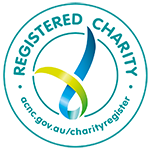Water Security
Over the past two decades, access to clean water is one area which has seen significant progress worldwide. Even so, great disparities still exist in the world we live in today. An estimated 2 million people die per year due to waterborne diseases, of which the vast majority are children (Caritas Australia, 2014). Dysentery, cholera, typhoid and hepatitis A are amoungst the deadliest diseases linked to polluted water ways and poor sanitation practices.
The negative externalities of water availability extend beyond health concerns. Throughout the world it is commonly the duty of females to collect water for cooking, washing, bathing, animal care and crop irrigation. The walk to fetch water can be exhausting and time consuming. Not only does overexertion take its toll on the body, but the opportunity cost commonly compromises their school and leisure time.















